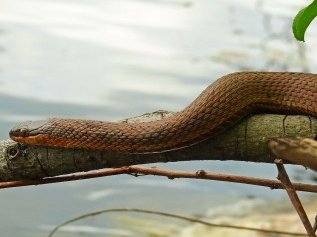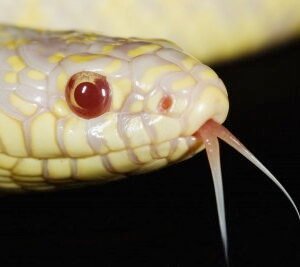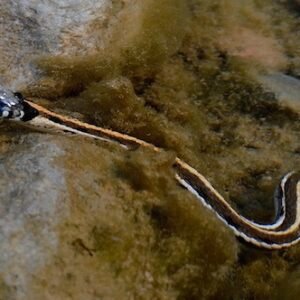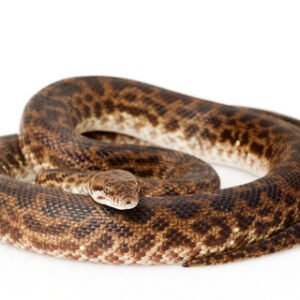Understanding the Red-Bellied Water Snake: Habitat, Diet, and Behavior
The red-bellied water snake, scientifically known as Nerodia erythrogaster, is primarily found in the southeastern regions of the United States. This species thrives in a variety of habitats, including rivers, streams, ponds, and swamps. They prefer environments with ample vegetation and access to water, which provide them with opportunities for hunting and basking. Understanding these natural habitats is essential for pet owners, as replicating similar conditions at home can significantly enhance the well-being of the snake.
In terms of diet, red-bellied water snakes are primarily carnivorous, feeding predominantly on fish and amphibians in the wild. Their diet often includes minnows, frogs, and smaller fish, which they catch using their adept swimming skills. For pet owners, recreating this diet is crucial for maintaining the health and longevity of their snake. Offering a varied diet of appropriately-sized fish, frogs, and even market-bought frozen options can help ensure that they receive the necessary nutrients. It is advisable to avoid feeding them live food, as this could lead to stress or injury.
Behaviorally, red-bellied water snakes are known for being relatively docile. They exhibit a degree of neuroticism when in captivity, making it essential for pet owners to handle them gently and with respect. These snakes are primarily active during the warmer months, often basking in the sun or swimming in the water. They may display a defensive behavior when threatened, often flattening their bodies or releasing a foul-smelling musk. Understanding these traits plays a vital role in establishing a positive human-snake interaction and fostering a trusting relationship. Through sufficient knowledge of their habitat, dietary requirements, and behavioral patterns, prospective owners can offer a nurturing environment for their red-bellied water snake pet.
Setting Up the Perfect Enclosure for Your Red-Bellied Water Snake
Creating an ideal habitat for your red-bellied water snake is crucial for its health and well-being. A suitable enclosure should provide adequate space, comfort, and stimulation to mimic the snake’s natural environment. The enclosure should be spacious enough, ideally between 40 to 75 gallons, to allow your pet to swim, bask, and explore. A larger space will not only accommodate growth but also encourage natural behaviors that are essential for a thriving snake.
Temperature regulation is a key component of the enclosure setup. Red-bellied water snakes thrive in temperatures ranging from 75°F to 85°F during the day and should have a basking spot that reaches around 88°F. Utilize heat lamps or pads to achieve these temperatures, ensuring there are gradient zones within the habitat. Proper heating helps to maintain metabolic functions and stimulates appetite in your snake.
Humidity levels in the enclosure should be kept between 50% and 70%. This can be monitored using a hygrometer, and achieving the right humidity can be facilitated by misting the enclosure or adding water features. A shallow water bowl that allows your snake to soak is also vital for hydration and shedding. Incorporating aquatic plants and smooth rocks can enrich the environment, providing hiding spots and enhancing the aesthetic appeal of the habitat.
For decor, consider using items that replicate the natural surroundings of the red-bellied water snake. This can include driftwood, caves, and foliage that provide shelter and safety. Avoid sharp edges or toxic materials, as they can pose hazards to your snake. Lastly, maintaining cleanliness is essential—regularly clean the habitat and monitor water quality to ensure a safe living space. These adjustments will help create the perfect environment for your red-bellied water snake, ultimately contributing to a longer and healthier life.





